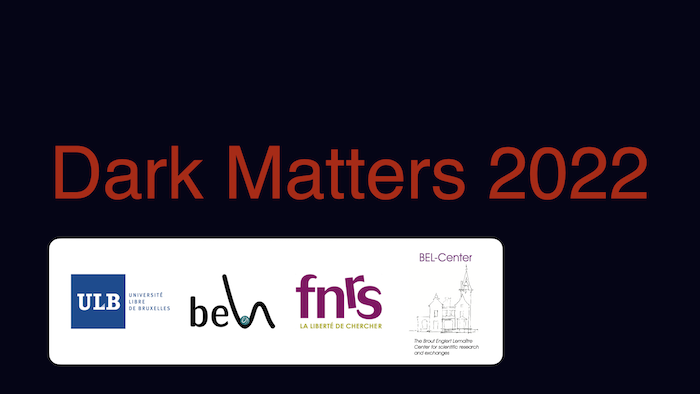I will entertain the possibility that part of dark matter is in the form of primordial black holes formed in a matter dominated phase of the Universe. I will also address the possibility that strongly interacting dark matter might form its own compact objects.
A promising probe to unmask particle dark matter is to observe its effect on neutron stars,
the prospects of which depend critically on whether captured dark matter thermalizes in a timely
manner with the stellar core via repeated scattering with the Fermi-degenerate medium. In this
talk I will estimate the timescales for thermalization for multiple scenarios. These include: (a) spin-0
and...
I present a scale-invariant Higgs-dilaton model of dynamical symmetry breaking and dark matter which, in the multi-phase criticality regime, generates a huge hierarchy between the electroweak and new physics scales in a technically natural way. The hierarchy follows from tiny scalar couplings required by the multi-phase criticality. I discuss dark matter freeze-out and freeze-in processes as...
Sub-GeV thermal relic dark matter typically requires the existence of a light mediator particle. We introduce the light two-Higgs-doublet portal, illustrated by a minimal UV-complete model for sub-GeV DM with kinematically forbidden annihilations into leptons. All new physics states in this scenario lie at or below the electroweak scale, affecting Higgs physics, the muon anomalous magnetic...
We live in a golden age for astro-particle physics, with a significant number of experiments actively monitoring high-energy Universe. Many of these probes provide excellent tests of particle physics models of dark matter particles. In particular, experiments such as Fermi -LAT, AMS-02, Ice Cube, ... are significantly cutting into the parameter space of one of the most popular candidates, the...
I will discuss recent work about the possibility of Dark Matter interacting only gravitationally in extra dimensional scenarios.
We consider axion stars which may explode at early times, changing the ionisation history of the Universe. We will explain the concept, the calculation and the constraints on parameter space.
Next-generation gravitational-wave (GW) observatories will provide exquisite measurements of the merger rate of high-redshift binary black holes (BBHs), detecting many thousands of these systems every year. The abundance of these binaries is a direct tracer of the early stages of star formation, and therefore of cosmic structure formation. This opens the possibility of using GW observations to...

